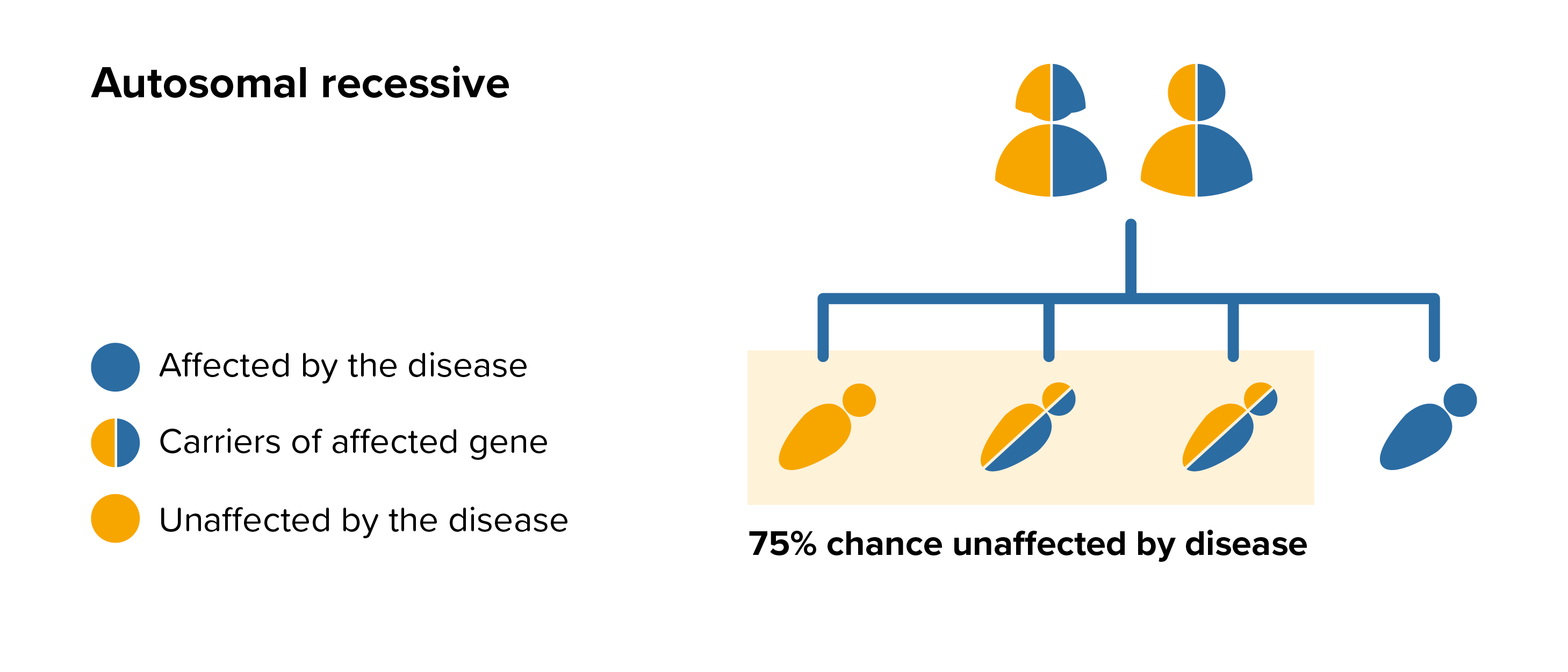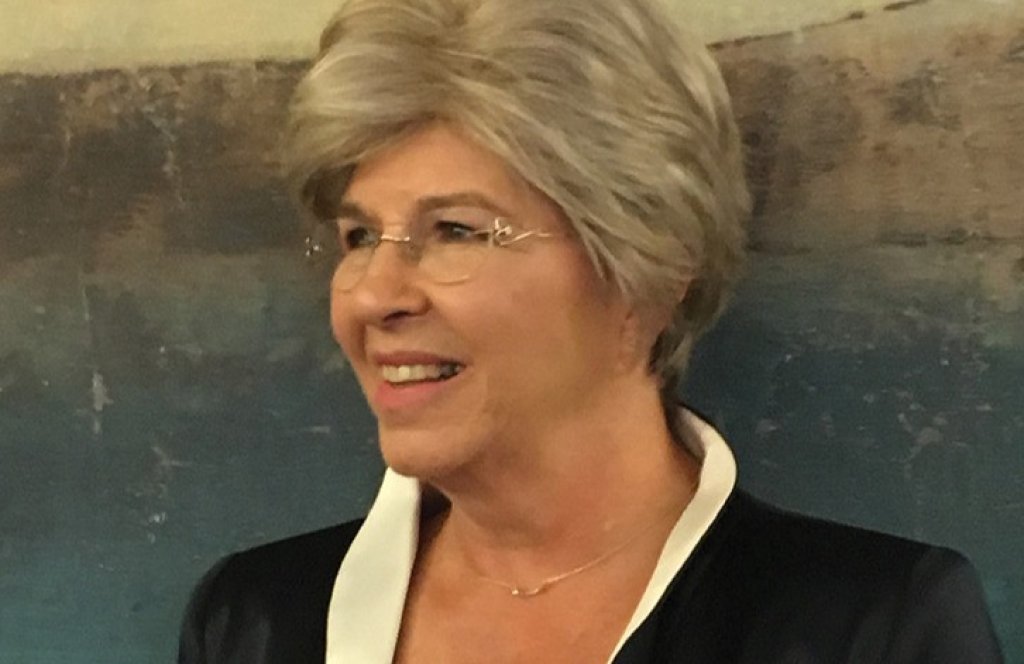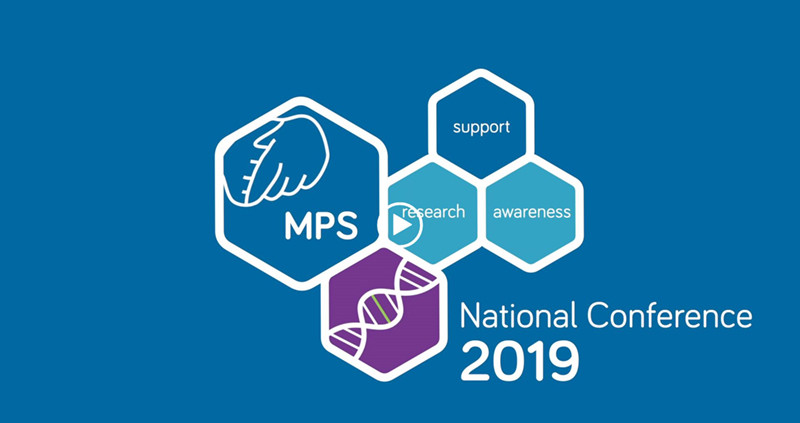Fucosidosis is extremely varied in its effects with a whole range of possible symptoms and people with fucosidosis may not experience all of them.
Appearance
Babies with fucosidosis may be larger than average at birth and may grow faster than normal during the first few years of life. As they get older children with fucosidosis will be restricted in their growth. Life expectancy depends on the severity of the disease. In severe cases, symptoms typically appear in infancy, and affected children usually live into late childhood. In milder cases, symptoms begin at age 1 or 2, and affected people tend to live into mid-adulthood.
In some children with fucosidosis their facial appearance can be normal, in others their heads may be large and longer than normal from front to back. They may also have a protruding forehead, the skull tends to be short and the ears are often large and low set. The nose may be broad with a flattened bridge and they may have an enlarged tongue. The skin is also generally thicker than normal and is prone to a rash of small red spots which is known as angiokeratoma. This is often found all over the body. Also, hair is usually coarse and often people with fucosidosis may experience excessive sweating (hyperhidrosis).
Brain
People with fucosidosis have intellectual disability that worsens with age, and many develop dementia later in life. Often there is delayed development of motor skills such as walking, and the skills acquired often deteriorate over time. There is a general reduction in the speed of thought and difficulty or slowness in movement and speech. The accumulation of oligosaccharides in the brain results in the learning difficulties seen in children and adolescents. People at the less severe end of the spectrum may only have moderate learning difficulties.
Some people with fucosidosis may experience hydrocephalus, which is water on the brain. This can happen because the fluid that protects and circulates around the brain and spinal cord may become blocked over time. The blockage causes increased pressure in the head which can press on the brain causing headaches and delayed development. Tests to confirm hydrocephalus can be done using a CT or MRI scan, or a lumbar puncture. If hydrocephalus is confirmed it can be treated by an insertion of a small tube in the spinal cord which drains fluid from the brain.
Almost half of those affected by fucosidosis are likely to develop a form of epilepsy. There are different forms of epilepsy e.g. absence episodes where the person may appear to be staring into space with or without jerking or twitching movements of the eye muscles, or more generalised tonic-clonic seizures, a type of generalised seizure that affects the entire brain. Tonic-clonic seizures are more commonly associated with epilepsy. Most people will respond well to anticonvulsant medication.
Heart
The size of the heart in people with fucosidosis can be abnormally large and storage of oligosaccharides in the heart will cause some damage to the heart valves. Heart murmurs can happen when heart valves become damaged by stored oligosaccharides. The heart valves are designed to keep blood flowing in the right direction. If a valve is weakened or changed in shape it may not work properly and a small amount of blood may leak in the wrong direction. Some people may develop problems with one of the heart valves but they may have valvular heart disease for years without any ill effects.
An electrocardiogram (ECG) test is used to identify problems with heart muscle, function and valves, it is a painless procedure and is often carried out annually (or as often as the doctor thinks necessary) to show whether any problems are starting.
Lungs
Normally the ribs are curved and between the ribcage and breastbone there is flexibility for the chest to move freely. People with fucosidosis cannot move freely their chest to allow the lungs to take in a large volume of air because the ribs are straight and there is limited flexibility between the ribcage and breastbone. The muscles at the base of the chest may be pushed upwards by an enlarged liver and spleen, further reducing the space for the lungs. When the lungs are not fully cleared there is an increased risk of infection which can lead to scarring causing further obstruction.
Typically the bridge of the nose is flattened and the passage behind the nose is smaller than usual due to poor growth of the bones in the mid-face and thickening of the mucosal lining. Frequent coughs, colds and throat infections are common problems for people with fucosidosis. The tonsils and adenoids often become enlarged and can partly block the airway. Removal of tonsils and adenoids may help in some cases to lessen the obstruction and make breathing easier. The neck may be short and this can contribute to the problems in breathing.
Medication for controlling cough and cold symptoms is available but it is essential to consult the doctor rather than using ‘over the counter’ medication which may not help. Decongestants usually contain stimulants that can raise blood pressure and narrow blood vessels, both are undesirable effects for people with fucosidosis. Cough medicines that have a sedating effect may cause more problems with sleep by depressing muscle tone and respiration. It is common for people with fucosidosis to develop secondary bacterial infections which should be treated with antibiotics.
The windpipe (trachea) becomes narrowed by storage material and is often more floppy, or softer than usual due to abnormal cartilage rings in the trachea. Nodules of tissue can further block the airway making swallowing difficult.
Liver, Spleen and Abdomen
In most people with fucosidosis the liver and spleen become enlarged by storage of oligosaccharides (hepatosplenomegaly). The enlarged organs do not usually cause problems, but they can interfere with eating and breathing.
Bones and joints
The spine bones (vertebrae) of people with fucosidosis are poorly shaped resulting in a hump on the upper back called kyphosis. The top bone of the spine holding the skull in place is often underdeveloped, the neck can therefore be fragile and shorter than usual. The skeleton may also become deformed and bone and cartilage can form in abnormal places. These changes are normally identified through X-rays to diagnose problems. People with fucosidosis have bones that become progressively weak and prone to fracture and often an unusually large range of joint movement in. Sometimes children have ‘knock knees’ resulting in their feet being forced progressively further apart. Children with fucosidosis tend to have shallow hip sockets and often wider than average thigh bones. Bones in the feet become malformed and this can make the leg bones predisposed to breaking.
Joint stiffness does lead to limited movement, in the shoulders and arms, hips and knees. The limited movement can make everyday activities like getting dressed difficult. Joint stiffness can sometimes cause pain which may be relieved by warmth and painkillers, speak with your doctor to select the most suitable treatment. Many children with fucosidosis stand and walk with their knees and hips flexed. The feet are broad and may be stiff with the toes curved under, often the tight Achilles tendon may result in walking on toes. Sometimes children have ‘knock knees’ but this is very unlikely to need treatment until the child has stopped growing.
People with fucosidosis sometimes experience pain, weakness or loss of feeling in the fingertips, this is caused by thickening of the ligaments which causes pressure on the nerves. It is called carpal tunnel syndrome and can be relieved by an operation. An electrical test called a nerve conduction study can show whether carpal tunnel syndrome is the cause.
Ears
Some degree of deafness is common in people with fucosidosis. It may be conductive deafness, nerve deafness or both (called mixed deafness) and can be made worse by frequent ear infections.
Conductive deafness is when sound waves that travel through the ear canal, drum and the middle ear are impaired. Correct functioning of the middle ear depends on the pressure behind the ear drum being the same as that in the outer ear canal and the atmosphere. This pressure is kept equal by the eustachian tube which runs from the middle ear to the back of the nose. If the eustachian tube is blocked the pressure behind the eardrum will drop and the transmission of sound waves will be impaired. If this persists, fluid from the lining of the middle ear will build up and in time will become thick like glue, hence the condition being known as glue ear. Glue ear can be treated through surgery by inserting a small ventilation tube called a grommet, however these can fall out quickly and T-tubes, a type of grommet which stays in place longer, are an alternative option.
Nerve deafness is damage to the tiny hair cells in the inner ear. It may happen at the same time as conductive deafness, in which case it is referred to as mixed deafness. Mixed deafness can be managed by grommets or hearing aids. Nerve deafness is managed by fitting hearing aids in most people. More severely affected children may keep pulling out their hearing aids at first, but it is important to persevere at wearing them so that communication can be maintained. Alternatives include radio aids and the loop system which can be helpful at school and at home.
Eyes
Some people with fucosidosis may have minor abnormalities that are not usually associated with severe visual impairment. Sometimes the blood vessels on the cornea are prominent and have a spiralled appearance.
Dental
Good dental hygiene is very important for children with fucosidosis, teeth should be well cared for to avoid tooth decay, pain and extractions. Usually teeth are widely spaced and poorly formed with fragile enamel. Cleaning around the mouth with a small sponge or a stick soaked in mouthwash will help keep the mouth fresh and avoid bad breath. If the water in your area has not been treated with fluoride, speak with your dentist about including fluoride tablets or drops as part of the dental management plan. Dribbling is a common problem and can soak through clothes causing soreness, to prevent this choosing a bib that is plastic backed.
Where a child with fucosidosis is severely affected it may be safer for any treatment to be carried out in hospital. If teeth need to be removed under anaesthetic this should be carried out in hospital under the care of an experienced anaesthetist and never in the dental surgery. It is important to inform the dentist about heart problems when discussing any treatment. This is because certain bacteria in the mouth may get into the blood stream and cause an infection on the heart valves. In most cases antibiotics are usually prescribed before and after any dental treatment.
 All parents of children with fucosidosis can benefit from genetic counselling, the counsellor can provide advice on the risk to close relatives and to suggest whether the wider family should be informed. To find out during a pregnancy, if the baby is affected by fucosidosis, screening tests can be arranged early on during a pregnancy for those families who already have a child with fucosidosis.
All parents of children with fucosidosis can benefit from genetic counselling, the counsellor can provide advice on the risk to close relatives and to suggest whether the wider family should be informed. To find out during a pregnancy, if the baby is affected by fucosidosis, screening tests can be arranged early on during a pregnancy for those families who already have a child with fucosidosis. 




